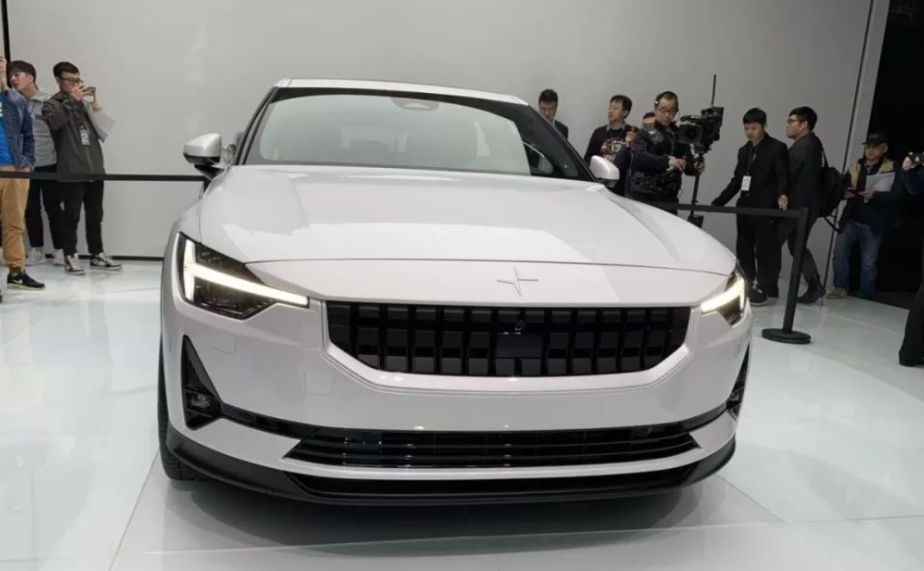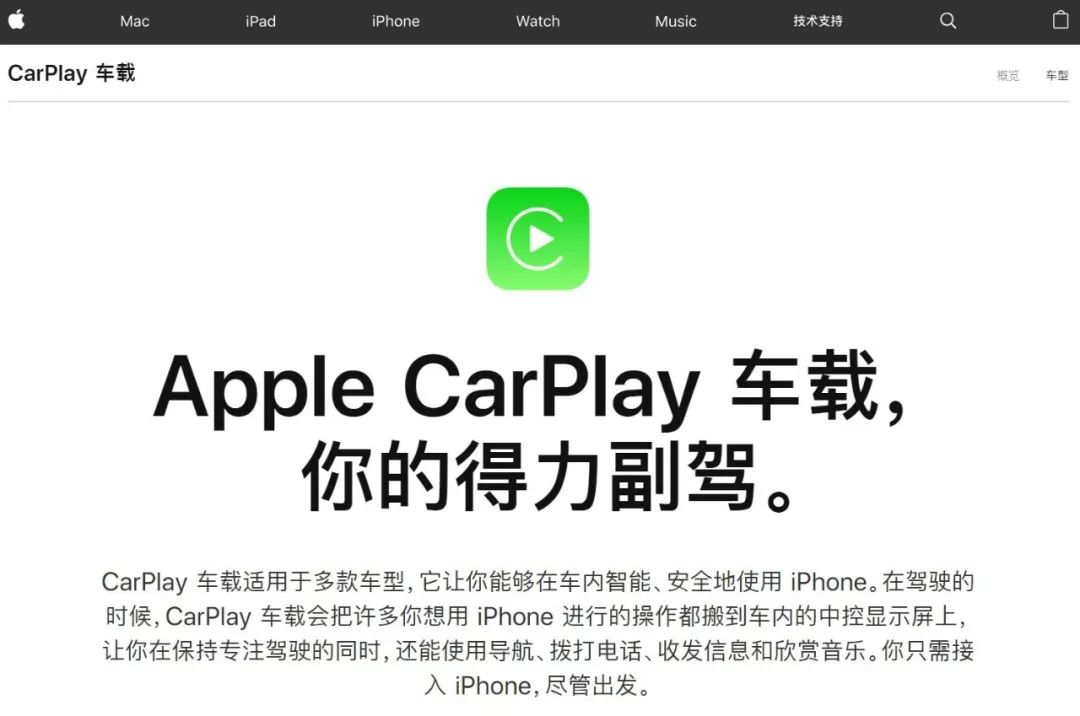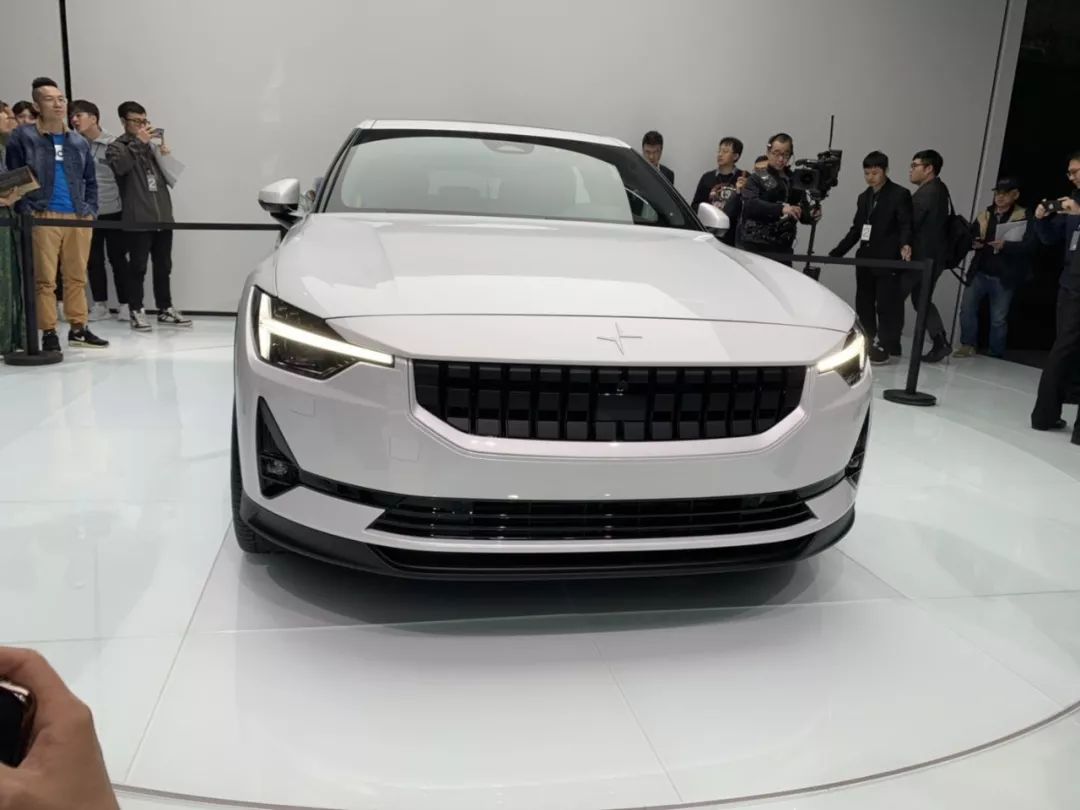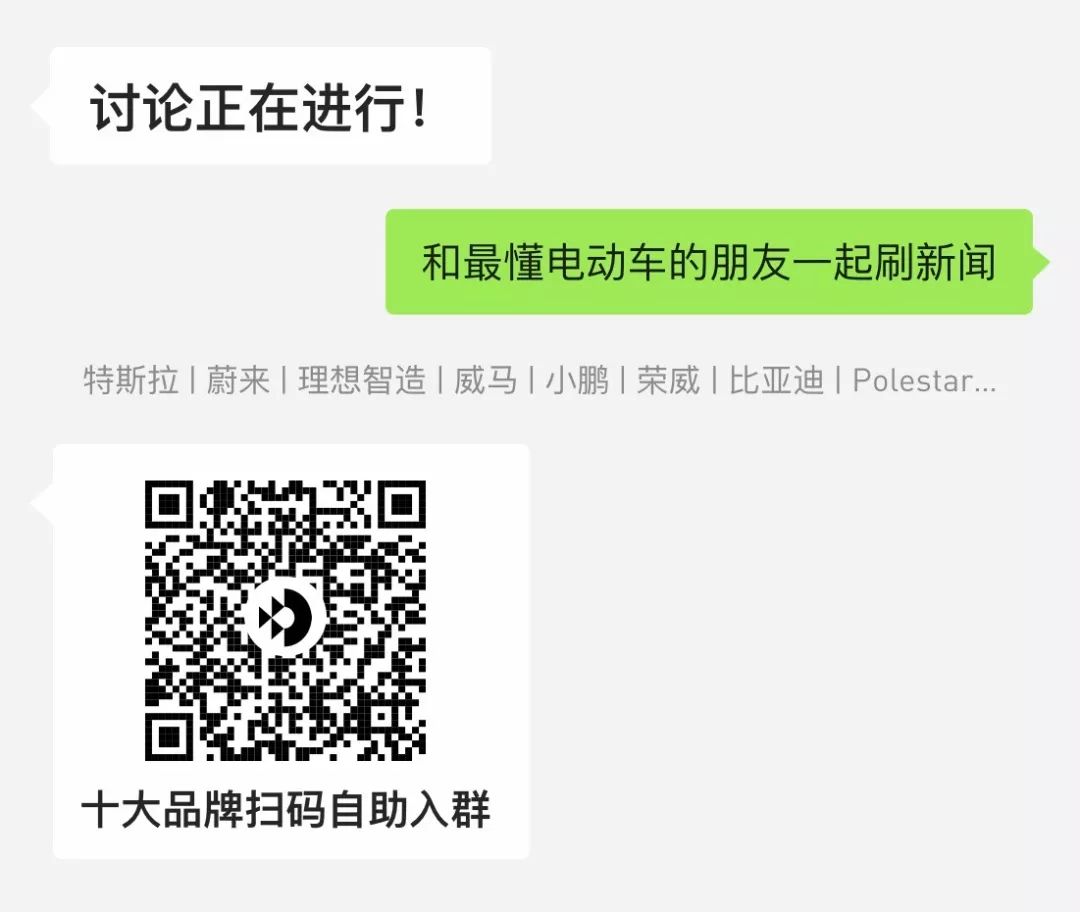On April 12th, Polestar held a press conference in Shanghai, announcing the price of Polestar 2 in the Chinese market, as well as the expansion of retail networks and delivery plans.
Polestar 2 has drawn attention because it is positioned as a “mid-size luxury pure electric high-performance coupe” and is one of the few models that competes directly with Tesla’s Model 3 in terms of performance and specifications. All the key points from the press conference you care about are here.
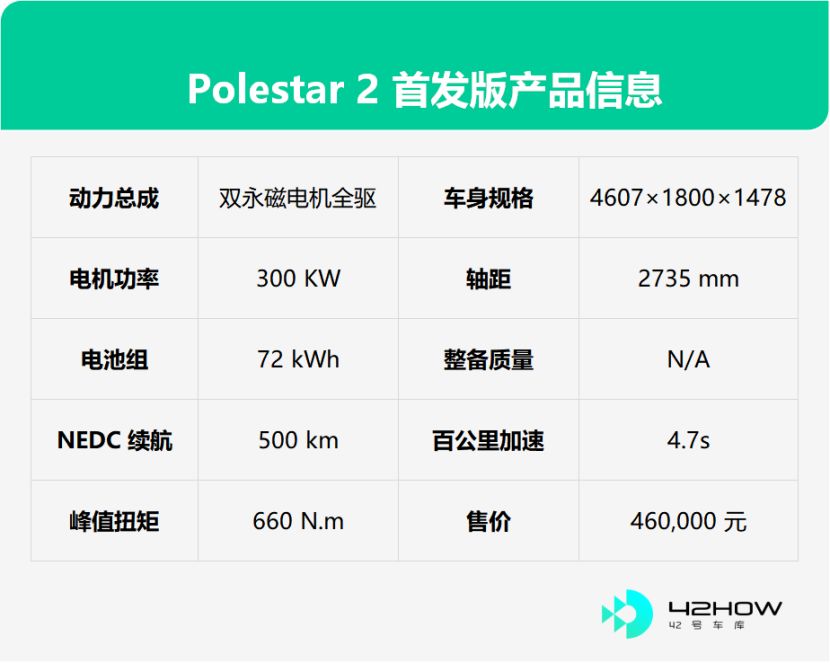
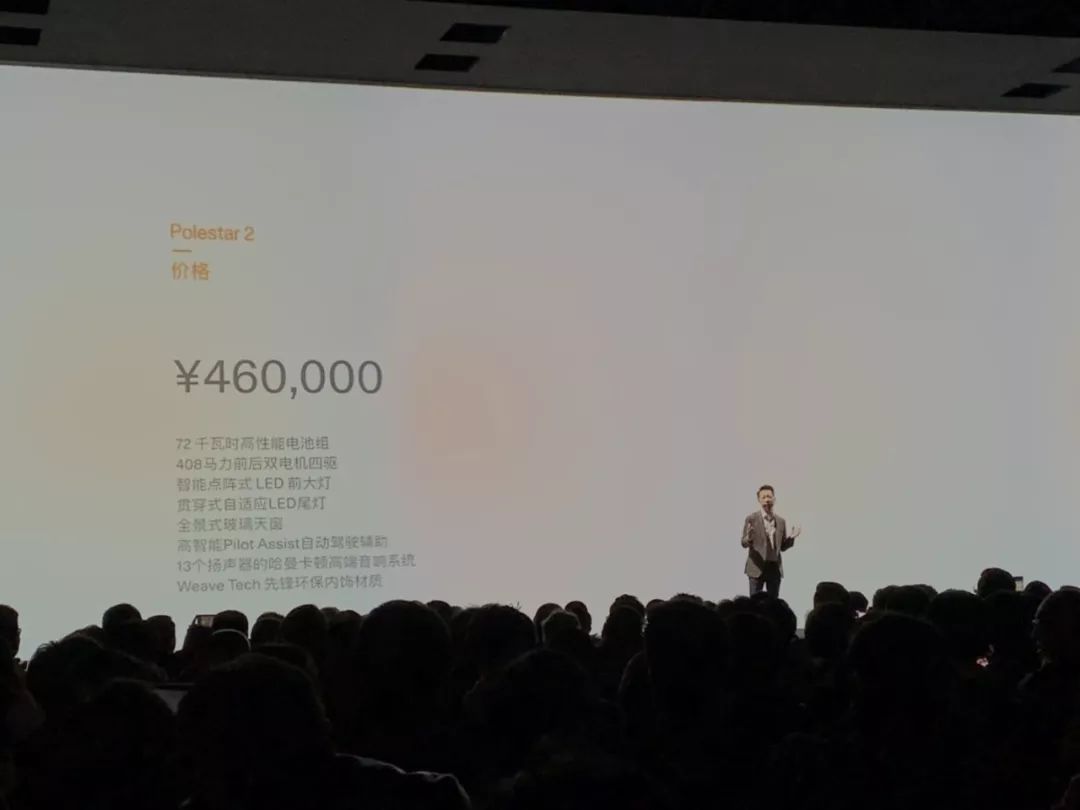
The parameters shown in the above figure are all for the first edition of Polestar 2 to be delivered starting next year. In fact, the starting price of Polestar 2 is ¥298,000. That’s all the information about the price.
About Manufacturing: Polestar 2 will be manufactured in Zhejiang Taizhou’s Luqiao factory, which follows Volvo’s manufacturing standards and quality control management, and will adopt a “made in China, supplied globally” approach. The volume production for Polestar 2 will begin in early 2020.
About Retail Network: The first offline retail outlet, Polestar Space, will officially open in the third quarter of this year. By next year, there will be 20 Polestar Spaces, accounting for one-third of the global plan, covering 11 cities including Shanghai, Beijing, Guangzhou, Shenzhen, Hangzhou, Chengdu, Chongqing, Wuhan, Xi’an, Nanjing, and Xiamen.
The above is the main information from the press conference. As Polestar had already held a global launch on February 27th and reported on it, the highlight of this press conference is not about these parameters, but rather, other key information.
Firstly, as a model for global sales, how will Polestar 2 carry out localization in China? Secondly, as the central control touchscreen becomes increasingly important for smart cars, what is the significance of the central control for the entire vehicle according to Polestar? The combination of the two above questions is the core issue of this article: How will Polestar 2 fill Chinese users’ central touchscreen?
After the global launch of Polestar 2, some overseas media published headlines like:
Polestar 2: Hands on with the world’s first car running Android> Polestar 2: The First Model Worldwide to Run on Android OS
Volvo’s Polestar 2 is an electric car controlled by Google.
Polestar 2, under the umbrella of Volvo, is a model specifically controlled by Google’s Android OS, the first of its kind worldwide.
Historically, Apple’s iOS and Google’s Android have been available in cars in the form of Carplay and Android Auto, but the two are not true operating systems. Apple’s website describes Carplay as:
CarPlay applies to multiple car models, enabling intelligent and secure usage of the iPhone in the car. As one is driving, CarPlay moves operations one might want to do on their iPhone to the control screen in the center of the car, allowing use of navigation, phone, messaging, and music while remaining focused on driving.
It only projects the phone system onto the car’s center display through technical means; this is not a true car operating system, and so is Android Auto. But in 2014, things changed, with Google planning to fully integrate the entire Android system into cars, rather than simply projecting the phone system. The role of the control screen became centered on removing the need for a phone altogether.
Transitioning from a consumer-level electronic product system to an automotive-level system was not immediate. At the Google I/O developers’ conference in 2017, Google announced they were collaborating with Volvo and Audi to pre-install the entire Android system on the control screens, rather than simply projecting the phone system. Volvo stated, at that time, that they would pre-install Android on their new car models expected to be released in the upcoming two years.
Polestar 2 is the officially approved first model worldwide to run on Google’s Android OS. Compared to Android Auto, Polestar 2’s vehicle computer implement a distinct improvement in functionality. This includes supporting voice assistants for turning air conditioning on and off, adjusting seats, as well as opening and closing car windows.You may say that Chinese automakers, such as NIO ES8, have already achieved this. It should be pointed out that as an open-source operating system, Android has been considered to be implanted in car machines since 2015 by a team. In other words, as long as there is a professional software team, Android can be moved onto the car without support from Google.
However, Polestar is an official partner of Google, and the significance of official cooperation is that the system of Polestar 2 is tailored by Google and Google will provide comprehensive technical support. Whenever Google fixes system bugs, or launches new versions to improve the underlying running environment to enhance fluency and support more functions, Polestar can always get updates at the first time.
In a nutshell, other car companies using Android car machines are like Xiaomi, Huawei and other Android smartphone manufacturers, while Polestar is like Google’s own smartphone brand Pixel, which can always get updates at the first time.
https://upload.42how.com/wechat_post/rs9dygiqgliepi616kebz9s4r6s815nw.jpeg
Polestar CEO, Thomas Ingenlath, previously stated in an interview that cooperating with Google is a very good step for Polestar, which allows Polestar not to be distracted.
The traditional car industry made the mistake of thinking you have to develop and do these things yourself and really failing because it’s not your core business. We realized that this is something where we need a specialist. Where we need to rely on them doing the best thing and us simply giving it to our customers.Traditional car industry made a mistake by believing that car companies in these fields must develop their own products, which ultimately led to their failure, as this is not the core business of car companies. We realize that in these areas we need experts to build the best systems through collaboration, and then we just need to deliver it to our users.
Therefore, choosing Google allows us to have the best technical support from the official source, which is the first step for Polestar.
The second issue is how to localize Polestar 2 in China. Why does localization become a problem?
The overseas version of Polestar 2 supports interaction through Google Assistant voice assistant, and uses Google Maps to navigate to charging stations and plan travel routes. However, due to some well-known reasons, these world-class products and services cannot be used in China.
So how does Polestar 2 improve localization in China, which reflects the company’s importance to Chinese consumers.
During the launch event on April 12, Polestar China’s President Wu Zhenhao announced the product information of Polestar 2’s China version infotainment system.
First is the basic navigation function. Polestar 2 introduced a complete version of the Gaode Map car version software, with customized functions for the electric vehicle model.
What are the customized features? Polestar 2 allows users to see the range of areas that can be driven with the current power level on the map. In the navigation, it proactively prompts users where to charge, displays information about nearby charging piles, and optimizes recommended charging stations along the route. Meanwhile, Gaode will provide real-time updates of map data.
After the basic function is introduced, next is voice interaction. Polestar 2’s voice assistant is supported by iFlytek, which supports voice destination search, map navigation, air conditioning adjustment, and media playback. It’s needless to say about the natural voice recognition capability of iFlytek, and what’s interesting is that Polestar 2 also supports adaptive Mandarin pronunciation with different dialect accents, and continuously improves its recognition ability through self-learning.
In terms of the ecosystem service, Polestar 2 has cooperated with local partners to use local app stores instead of Google Play Store. The built-in Alibaba Tmall Genie integrates various functions related to Alibaba’s ecosystem, such as music, audio, smart home, life assistant, voice identification shopping, and so on.In terms of charging, Polestar has partnered with Cao Cao Mobility in China to integrate the location, quantity, usage status, and price of multiple charging stations into the Polestar App, and has also connected with multiple charging station service providers’ payment systems, allowing users to complete payments for multiple charging service providers through one app.
To sum up, except for Cao Cao Mobility, which integrates information about charging stations, a mobility platform under Geely, every company mentioned, namely, Alibaba, Amap, iFlytek, and Zebra Technologies, is the best in their own field. This is consistent with what Polestar CEO Thomas Ingenlath said about relying on experts (partnerships) to build the best system.
The Polestar 2 reveals Polestar’s thinking and sincerity in localizing the vehicle system in China. What should a multinational automaker do to build a good central control screen for their vehicles in the Chinese market? Polestar 2 has a good idea.

This article is a translation by ChatGPT of a Chinese report from 42HOW. If you have any questions about it, please email bd@42how.com.
